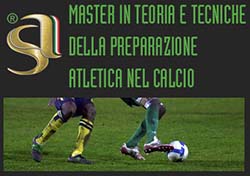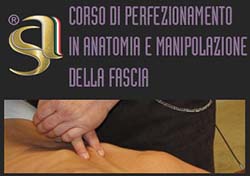Relazione tra carico interno e carico esterno in esercitazioni con la palla ad alta intensità nel settore giovanile
studio preliminare
Sport and Anatomy Fascicolo 1 - 2015, pagine: 8-13
DOI | @ Pisa University Press 2015
Pubblicato: 15 May 2015
L’intero articolo è disponibile
Riassunto
Questo studio preliminare ha analizzato il carico di allenamento di due esercitazioni tecnico-tattiche a elevato impegno fisico in calciatori di età differenti. 8 calciatori Under 16 e 8 Under 15 hanno eseguito 2 SSGs (Small Sided Games) in diverse modalità: un 4 vs 4 in “doppio quadrato” (3 x 4’) e mini-partite, con la presenza del portiere, in “gabbia” (20’ totali, dal 2 vs 2 al 4 vs 4). Gli indici di carico esterno sono stati monitorati attraverso un sistema GPS, ed è stata registrata la fatica percepita (RPE). Il 4 vs 4 ha mostrato un’intensità complessivamente maggiore rispetto alla gabbia per potenza metabolica media, distanza al minuto, distanza equivalente al minuto ed RPE. Al contrario, un’intensità maggiore è emersa nella “gabbia” per percentuale di distanza equivalente e accelerazione/decelerazione ad alta intensità. Tali differenze tra le esercitazioni sono risultate pressoché simili negli Under 15 rispetto agli Under 16. Infine, l’intensità delle 2 modalità di SSGs è risultata complessivamente maggiore negli Under 16 per tutte le variabili esaminate. In conclusione, il 4 vs 4 è più intenso della “gabbia”, essendo un lavoro più focalizzato su aspetti fisici che tecnici. I calciatori di categoria Under 16 riescono a esprimere un impegno maggiore nel 4 vs 4 e appaiono quindi più pronti a svolgere in modo ottimale tale esercitazione.
Parole chiave
Percorso di valutazione
Peer reviewed. Certificazione della qualità





